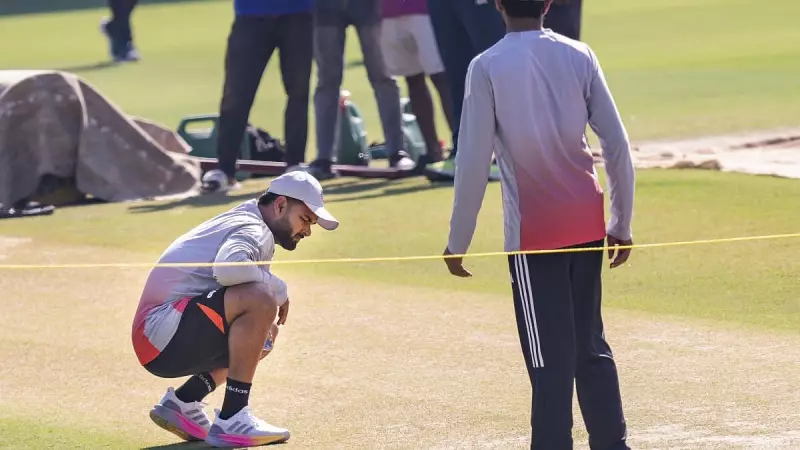
The recent Test match in India has sparked intense discussions about pitch preparation and home advantage, with journalist Madhu Jawali weighing in on the controversial surface that challenged batsmen from both teams.
Unpredictable Pitch Conditions Dominate Discussion
The playing surface became the central character in the drama that unfolded during the Test match. The lack of moisture caused the surface to dry rapidly, creating conditions that evolved dramatically as the game progressed. What initially appeared as a standard subcontinent pitch quickly transformed into a bowler's paradise, particularly for spinners.
Batsmen found themselves grappling with multiple challenges as the pitch exhibited inconsistent behavior. Some deliveries kicked off from a length, rising unexpectedly and threatening the upper body, while others kept dangerously low, skidding through and endangering the stumps. This dual nature of the surface made shot selection particularly difficult throughout the match.
Spinners Extract Surprising Turn
The most significant revelation came from the performance of spin bowlers, who extracted far more turn than either team had anticipated. The degree of spin available from early stages surprised even experienced players and commentators alike. This unexpected assistance for spinners reshaped team strategies and forced rapid adjustments in batting approaches.
Madhu Jawali, in his analysis published on November 20, 2025, at 19:04 IST, emphasized that such conditions, while challenging, are part of India's traditional home advantage. The article suggests that the debate surrounding pitch preparation often overlooks the expertise of local curators who understand regional conditions best.
The Curator's Role in Home Advantage
The discussion raises important questions about how much control teams should exert over pitch preparation and whether trusting local expertise ultimately serves the game better. Home advantage has always been part of Test cricket's fabric, with different countries developing surfaces that suit their strengths.
Jawali's perspective highlights that while unpredictable pitches can create challenging viewing and playing conditions, they also test the versatility and skill of international cricketers. The ability to adapt to varying conditions remains a hallmark of great teams and players in the longest format of the game.
The ongoing conversation about pitch standards and home advantage continues to evolve, but the fundamental principle of trusting local curators to prepare surfaces that reflect regional characteristics remains crucial to maintaining the diversity that makes Test cricket compelling.





